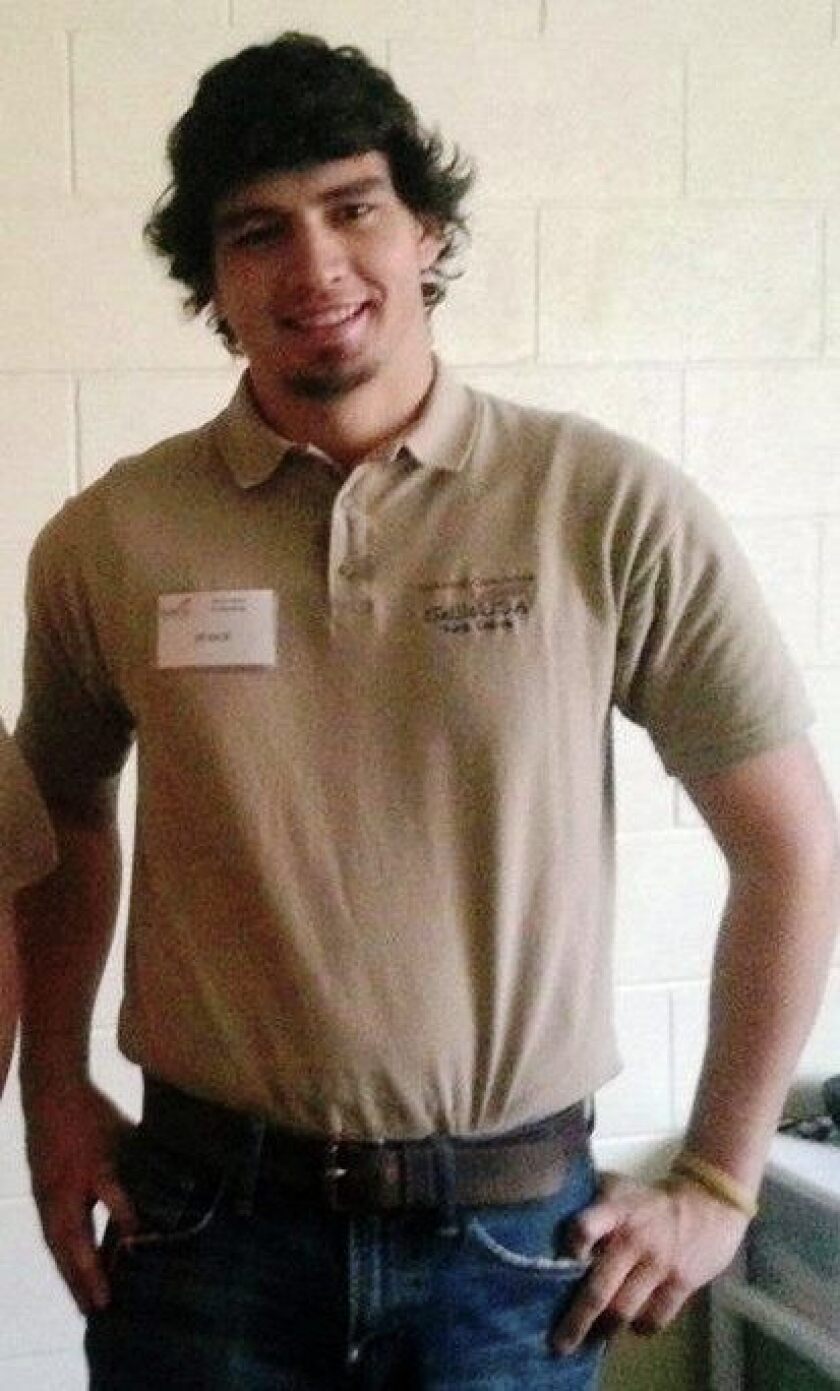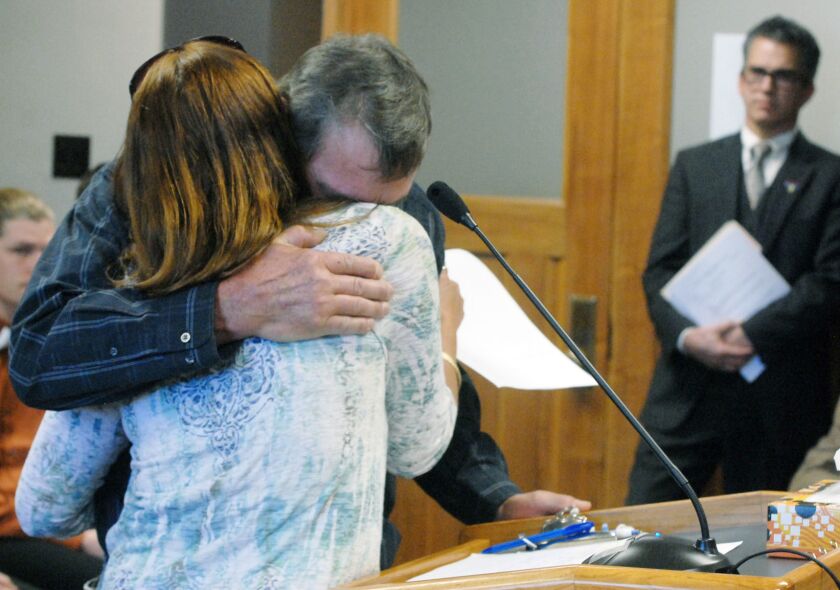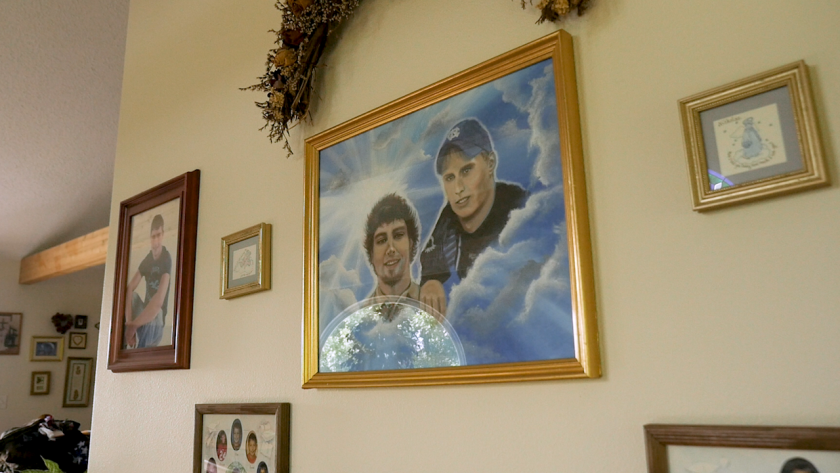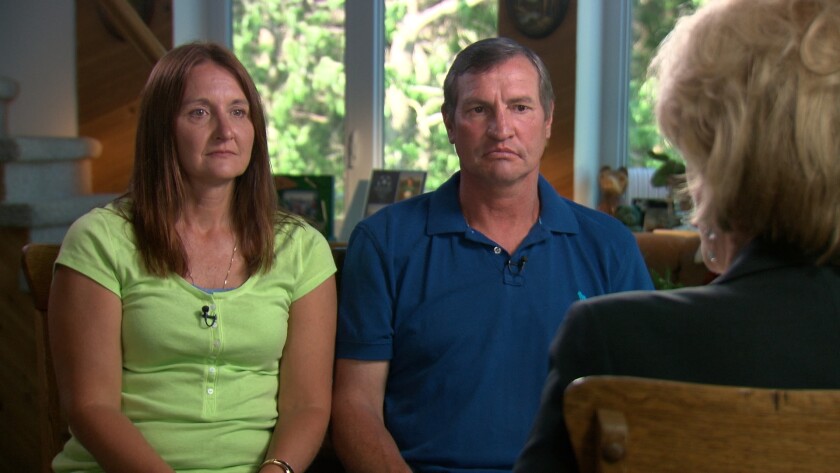ROGERS, North Dakota — Ten years have passed since Andrew Sadek was found dead in the Red River with a backpack full of rocks and a .22-caliber bullet in his head.
Twenty-year-old Andrew disappeared on May 1, 2014, after being recruited to work with police as a confidential informant. He faced charges of allegedly selling $80 worth of marijuana to informants on his campus at North Dakota State College of Science in Wahpeton, North Dakota.
ADVERTISEMENT
With the promise of reducing federal criminal charges that he faced because he allegedly sold the marijuana on school grounds, investigators, namely Richland County Sheriff’s Deputy Jason Weber, enforced a deadline for Andrew to set up more drug buys or face felony charges, which Weber told him could end in 40 years imprisonment, according to court documents.
At the time, Sadek’s lawyers said his case would have most likely ended in probation.

But Andrew complied with his handler, Weber, and made a few sales before he disappeared the day of the deadline.
Last seen walking out of his dormitory, Norgaard Hall, wearing jeans, a red and black sweatshirt with white lettering that read “football” on it, and carrying a black-and-silver backpack, parents and classmates were baffled by his sudden disappearance.
Andrew kept good grades, and was weeks away from graduating. His parents, Terry and John Sadek, needed help on the family farm during spring calving.
“Please come home,” his pleaded in a press conference on May 5, 2014.
Despite searches that included family, friends and classmates, Andrew’s body was found nearly two months later on June 27, 2014, in the Red River near Breckenridge, Minnesota.
ADVERTISEMENT
At first, investigators labeled his death as a suicide, but the coroner could not determine Andrew’s manner of death, and family argued that he was likely murdered because of his role as a confidential informant, a fact that they were unaware of until after his death.
“Are you kidding me? All of this for $80 worth of pot,” Tammy in an article published by the Reason Foundation in 2021.
“They told us right away it was a suicide, and I’m like, really? Where’s the weapon? And the fact that the coroner did not label it as suicide, he labeled it undetermined… the easy way out,” for officials to treat it as a suicide rather than a homicide,” Tammy told The Forum in 2021.

Sadek’s parents initially agreed to speak to Forum News Service again recently about their son and circumstances surrounding his death, but later postponed the interview, and did not respond to additional requests.
Sadek wouldn’t have committed suicide because he knew what it was like to lose a family member, his parents said in 2019. When Sadek was 11 years old, he lost his only brother, Nick, while he and his girlfriend were killed by a train while walking home.
Despite the pain of losing both her sons, Tammy and her husband John fought back. When their first son was killed, the formed a railroad safety group that succeeded in adding safety features to three crossings.

After Andrew died, she worked on reforms on how young informants are used in North Dakota, which ended in new legislation called “Andrew’s Law.” The a written agreement with informants that includes the to speak with an attorney, and law enforcement agencies must undergo training before using confidential informants.
ADVERTISEMENT
Tammy told The Forum in 2019 that she believed Andrew suffered, and she wanted him to find peace. The family filed a in 2016 that was dismissed, and later they appealed the judge’s decision to the North Dakota Supreme Court – twice – but failed.
Tammy also believes that law enforcement never took her son’s disappearance and death seriously because he was labeled a drug dealer. But to her, Andrew was much more than that, she told The Forum in 2019.

He loved the outdoors, enjoyed fishing, hunting and working on the farm. He had a promising career as an electrician and enrolled in NDSCS because of a scholarship he earned at a state skills competition. He also had a herd of cattle to help pay for tuition.
After graduating, Andrew was planning to go back to school to study robotics.
The Sadek family did discover after Andrew’s death that they were missing a .22-caliber handgun from their home, which they believe Andrew took to use in self defense, but it was possibly used by someone else against him, they in 2018.
The gun has never been found, despite searches, including like the Kinzler Bros., who used powerful magnets to drag areas of the Red River. Andrew’s story was featured in a segment of as well as the subject of a by Ireland-based Fine Point Films.

also featured Andrew’s story in a documentary called The Dakota Entrapment Tapes, now featured on Prime Video, TVO, Crackle and elsewhere.
ADVERTISEMENT
Additional information related to Andrew’s death and subsequent investigation remain closed as the case has not been closed, Kaitlyn Zacher, of the Richland County Sheriff’s Office, told Forum News Service. All information needed to come from the North Dakota State’s Attorney’s Office, Zacher said, which also declined a release-of-information request.





















